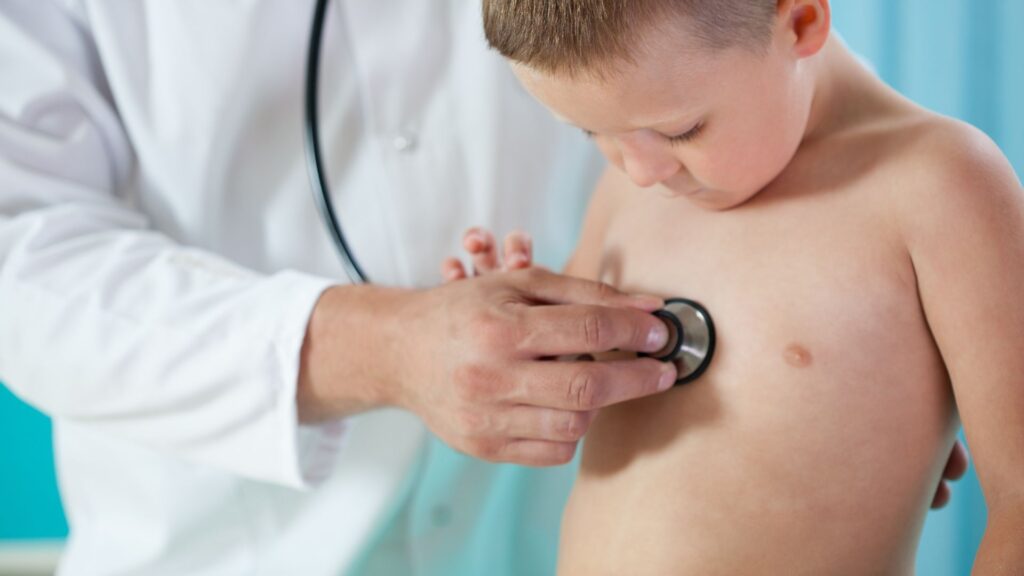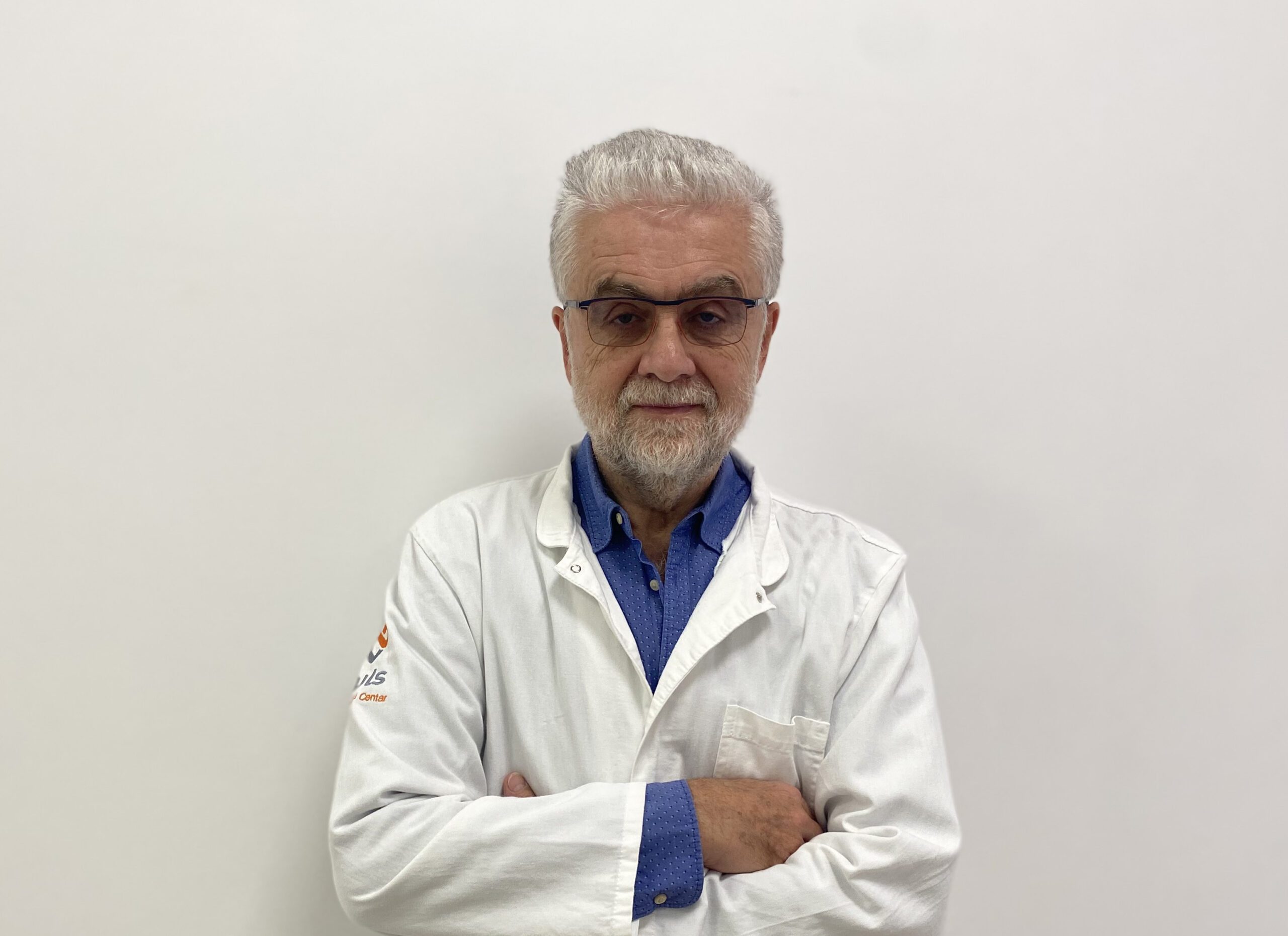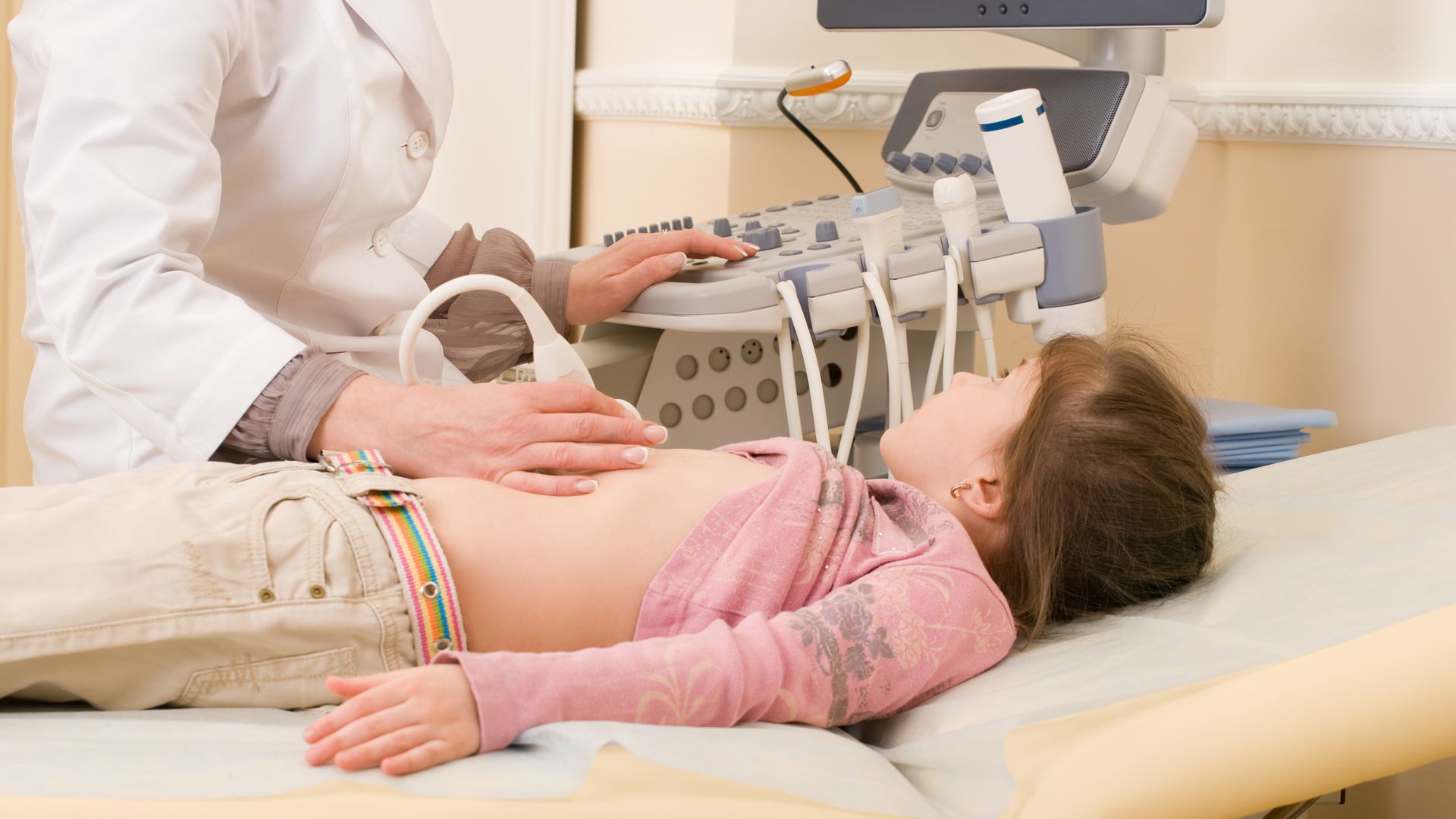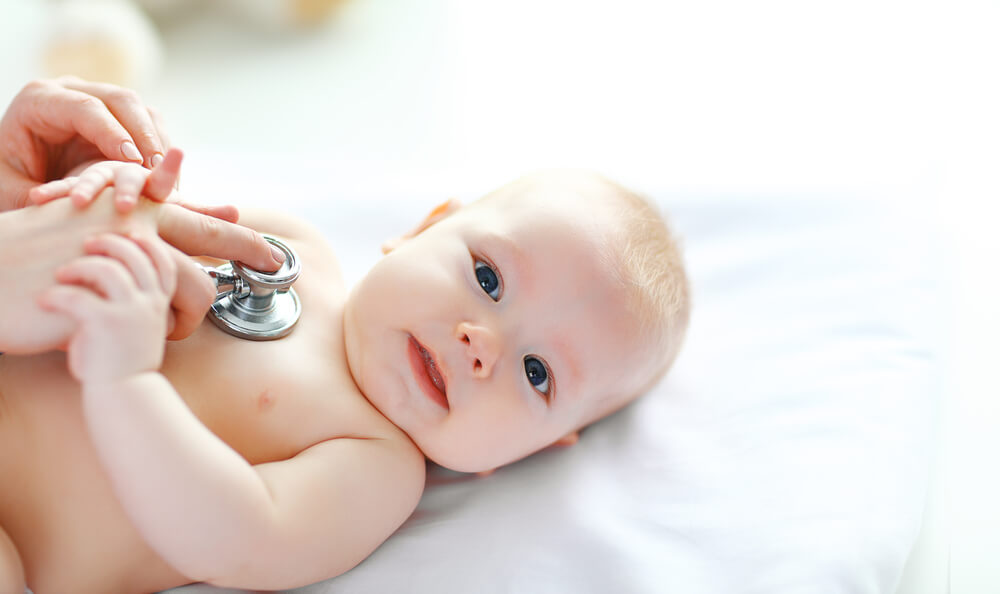Chest pain is usually associated with a heart attack or other acute cardiac conditions in adults. But what about chest pain in children? Parents should know that chest pain in childhood is a common occurrence, but fortunately, it is rarely indicative of heart disease. Chest pain in children mostly occurs during puberty, slightly more often in girls, and very rarely in children under the age of five. The most common cause of chest pain in children and teenagers is musculoskeletal chest pain, involving the structures that surround and protect the lungs, including the ribs and sternum.
When chest pain in children is the reason for an urgent visit to the doctor
There are situations when immediate medical attention should be sought for chest pain in children. This includes the following symptoms:
- Chest pain worsening over a few hours
- Chest pain occurring suddenly during exercise or physical activity
- Accompanied by breathing difficulties, fever
- Accompanied by fainting, rapid heart rate, panic attack
In the case of these symptoms, bring your child to PULSE Cardiology Center, which has a Department of Pediatric Cardiology, where they will be examined by the distinguished and globally recognized expert in the field of pediatric cardiology, Prof. Dr. Jovan Košutić.
Causes of chest pain in children
Some of the causes of chest pain in children include:
- Costochondritis (inflammation of the joints between the ribs and the breastbone)
- Muscle strain or inflammation
- Acid reflux (heartburn)
- Anxiety, chest tightness due to nervousness
- Asthma
- Respiratory infections
- Heart conditions
Chest pain in children: Musculoskeletal system
The most common forms of chest pain in children are usually related to irritations in the chest wall or musculoskeletal system. It is often associated with costochondritis, which is inflammation of the joints between the ribs and the breastbone and commonly occurs in teenagers. Another common cause is precordial syndrome, which is the occurrence of sharp pain near the heart that lasts for a short time. This syndrome usually affects children and young people. Although the exact cause of precordial syndrome is unknown, it is believed to be related to rapid growth, injury, or even poor posture.
Chest pain in children during running
Mild and transient inflammation of the chest muscles in children falls into the first group of causes of chest pain. It often occurs during normal physical activities in children, especially running. Typically, it is a sharp pain that sometimes radiates to the back or arm. Fortunately, this pain quickly subsides. This group of pains also includes “growing pains,” which are a normal and harmless occurrence.
Chest pain in children: Acid reflux
Some children may experience chest pain at night while lying in bed or even wake up at night. Similar to adults, they may feel a burning sensation in the chest after certain meals. In this case, a doctor may prescribe medication to alleviate the symptoms of acid reflux.
Chest pain: Asthma and respiratory infections
Asthma can cause chest tightness and difficulty breathing in children. Elevated temperature and chest pain can be symptoms of pneumonia. Severe and persistent chest pain can be a symptom of pneumothorax (accumulation of air in the pleural cavity).
Chest pain due to nervous factors: Stress and anxiety
Just as stress and anxiety can cause discomfort and tightness in the chest in adults, children sometimes experience similar chest symptoms. It has been observed that more emotionally sensitive children are more prone to experiencing chest pains. Unlike organic diseases, these symptoms are never accompanied by other signs of illness.
What to do when a child has chest pain?
Parents should talk to a doctor about the pain their child is experiencing and describe when it occurs, how long it lasts, and learn what to do if the pain becomes stronger or more frequent. It is also important to know the family’s medical history.
IMPORTANT: If there are congenital heart conditions in the family or if family members have died suddenly at a young age, it is important to closely monitor the child’s heart health.
- Symptoms that indicate chest pain is caused by heart problems:
- Pain during physical exertion, exercise, or activity that subsides afterward
- Chest pain and pressure that do not go away
- Chest pain accompanied by fainting
- Chest pain in children born with heart defects (congenital heart disease)
- Chest pain in children who have had Kawasaki disease
- Chest pain in children with a genetic cause of high cholesterol
- Chest pain in children whose family members have died from unexplained causes
- Chest pain in children whose family members have cardiomyopathy
Mild chest pain in children
Mild chest pain that comes and goes is usually not a cause for alarm, but if it occurs more frequently, the child should be taken to the doctor. The doctor will assess whether the chest pain is caused by heart issues or if there is another underlying cause, and may refer the child to a pediatric cardiologist. During the examination, the doctor may discover:
- Heart murmur (abnormal sounds of blood flow between heartbeats)
- Disturbances in vital functions, including accelerated or slowed heart rate, elevated blood pressure, rapid breathing, or increased temperature
- Arrhythmia (irregular heartbeat)
How is chest pain diagnosed in children?
A pediatric cardiologist first examines the child’s medical history in detail, talks to the child and the parents about when the chest pain occurs, its intensity, and duration, as well as its exact location. Important information for the cardiologist includes whether the pain occurs at rest or during activity, whether it is sharp or dull, whether it always occurs in the same place or moves around, and whether there are any accompanying symptoms. The doctor may ask parents if the child has any issues with anxiety or sudden drops in energy and activity, as well as whether they have noticed any changes in skin color during episodes of chest pain. After a thorough examination, the doctor usually proceeds with diagnostic tests.
Every child who visits a cardiologist undergoes:
- Electrocardiogram (ECG) – it reveals irregularities in the heart rhythm or detects signs of current or previous damage to the heart muscle.
- Other diagnostic tests, depending on the child’s age, may include:
- Echocardiogram – a heart ultrasound that examines structural defects, it is the gold standard in diagnosing heart conditions in children and shows the heart’s structure, the performance of the atria and ventricles.
- Fetal echocardiography – specifically developed to assess the structure and function of the fetal heart.
- Chest X-ray – used to look for chest wall fractures or abnormalities in the shape or size of the heart.
- Blood pressure monitoring – Holter – uses electrodes to monitor the heart rhythm for 24 to 48 hours.
- Exercise stress test (ergometry) – evaluates how the heart performs during physical activity.
***
PULS Cardiology Center has the most advanced equipment for diagnosing heart conditions. At the Department of Pediatric Cardiology, a child receives a diagnosis within 2 hours! The examinations are performed by Professor Dr. Jovan Košutić, with the constant presence of skilled medical staff and doctors.
Heart conditions causing chest pain in children
Heart conditions are rarely the cause of chest pain in children. Conditions that can cause chest pain include:
- Cardiomyopathies – thickening of the heart muscle (hypertrophy) or enlargement of the heart muscle (dilation)
- Coronary artery anomalies, which are usually congenital conditions
- Myocarditis or inflammation of the heart muscle in children – inflammation of the heart muscle that is mainly caused by viral infections. Myocarditis can be life-threatening and result in poor heart function and abnormal heart rhythm. Fortunately, myocarditis is very rare in children, with global statistics showing that it occurs in one child per 100,000 children each year.
- Pericarditis in children – infection of the tissue around the heart, the pericardium. This condition can occur as a result of viral or bacterial respiratory infections.
The treatment of these cardiac conditions depends entirely on the condition and its severity. Various treatment options are available, ranging from medication and monitoring to open-heart surgery.
Heart attack in children – is it possible?
It is very rare for a child to experience a heart attack unless they have an underlying heart condition. Some of these conditions may include:
–Hypertrophic cardiomyopathy – an abnormality of the heart muscle that makes it excessively thick. The thickened heart muscle may require more oxygen than the coronary arteries can provide, putting the heart at risk of abnormal heart rhythms, which can be life-threatening. Hypertrophic cardiomyopathy is the leading cause of sudden cardiac death in young athletes in the United States.
-Children with a history of congenital heart defects, Kawasaki disease, and genetic causes of high cholesterol are at a higher risk of heart attack and coronary artery blockage.
How can parents monitor chest pain in children?
There are several ways parents can help monitor chest pain in their child. Most importantly, encourage your child to be honest and open about their symptoms. Encourage them to talk about any stressors at home, school, or among friends that may contribute to health issues like chest pain. Ask your child to always let you know when they experience chest pain and describe the intensity of the pain.
IMPORTANT: Regularly check your child’s pulse. If it is above 180, seek immediate medical attention from a cardiologist.







